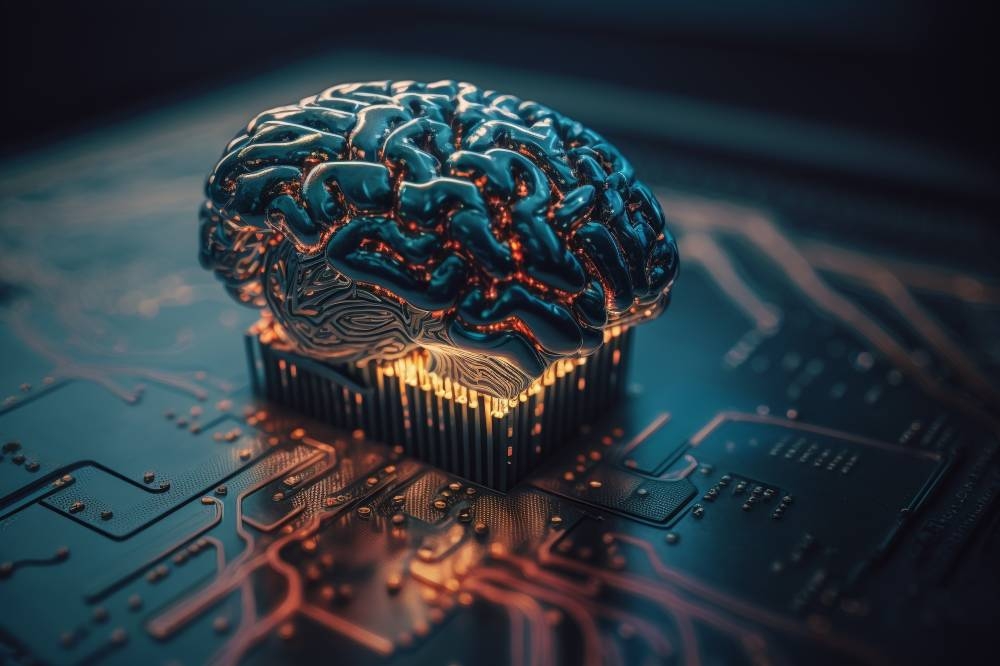Intellectual Property strategy in the Artificial Intelligence space
NAHDATUL AISHAH MOHD SHARIF
One may ask, how can Artificial Intelligence (AI) be protected under Intellectual Property (IP) rights – which AI innovations should be patented, which ones should be copyrighted, and which ones should remain a trade secret?
Today, tech giants such as Amazon, Microsoft, Google, and IBM have strategically filed appropriate and valuable IPs for their innovations, particularly AI innovations. Anything created based on intelligence then becomes an intangible asset, where one can seek IP protection, and have the right to protect, optimise, and monetise it, as well as run a monopoly on it for a certain period.
IP Strategy
AI innovations are valuable assets for creators and owners, and understanding how they work as well as how they are created is crucial to knowing how to protect them.
AI and software development discussions commonly refer to programming languages, coding, software and hardware processing, and the platform. Based on these outputs, AI innovations can obtain IP protection through copyright and patents. While for some, AI innovations are opted to be in the public domain – benefiting the communities by using their innovations for free.
In terms of cost and longevity, copyright will cost you less with no maintenance fee and lasts longer as compared to patents. It will involve a one-time payment to the Malaysian IP Office (MyIPO) to acquire the certificate and legal protection. However, innovators are required to be mindful that copyright only protects expressed work that has been submitted upon copyright filing. Should minor changes be made to the algorithm or software, the work would not be protected anymore.
Hence, the need to finalise innovation before filing for copyright protection is deemed necessary. Additionally, copyright filing will provide innovators with legal protection for their work, where they can report and stop infringers from violating copyrighted work.
Furthermore, as there are non-patentable inventions defined by discoveries, scientific theories, and mathematical methods that may affect innovations as stated in Section 3 of the Malaysian Patents Act, innovators may opt to engage with a certified patent agent. The agent will assist in filing a valuable patent specification for the AI innovation to enable it to get the optimum protection. Innovators may also be quick in filing the patent, as the patent system practices the “first to file” method to identify the originality of one’s idea.
In some cases, other IPs such as trademarks and trade secrets may be more powerful for AI innovations as they will enhance the brand name. For example, Coca-Cola, Siri and ChatGPT, are brands that invest solely in trademarks and industrial designs and whose trade secrets remain unknown. Nonetheless, precautionary measures such as the signing of a Non-Disclosure Agreement (NDA) is integral.
Trademarks are protected for a lifetime provided that it is renewed every 10 years from the date of filing, and is actively registered by Marketing and Brands team with the purpose for consumers to recognise a brand through a distinct name and logo. This helps consumers have brands top of mind and distinguishable from other AI companies as well as innovations.
IP Risks
Every strategy lies with risks, and when it comes to IP infringement on AI innovations it is primarily from search engine detecting which is a copyrighted work. Thus, innovators and companies may receive copyright infringement notices or warnings.
Therefore, to reduce the risk of infringing on the works of others, innovators, and companies will need to have a strategic IP risk mitigation plan. This is such as obtaining written approval notification from the previous copyright owner and the need to routinely review the derived IP strategy to ensure the risk is low.
The reality is that IP is everywhere and is becoming increasingly valuable in today’s technology ecosystem. It is the innovator’s and companies’ call to decide whether to obtain a patent, keep it as a trade secret, register it as a trademark, or file for copyright for any innovation that is important and licensable, as these decisions can have significant advantages for innovators and companies.
Nahdatul Aishah Mohd Sharif is an Intellectual Property Associate based at Taylor’s University’s Research & Enterprise: Knowledge Transfer & Commercialisation. She is skilled in Patent Preparation, Patentability Searches, and Patent Prosecutions to assist researchers in the institution by providing IP advisories, and corresponding with the IP agent and MyIPO for IP filing.














